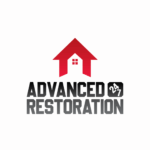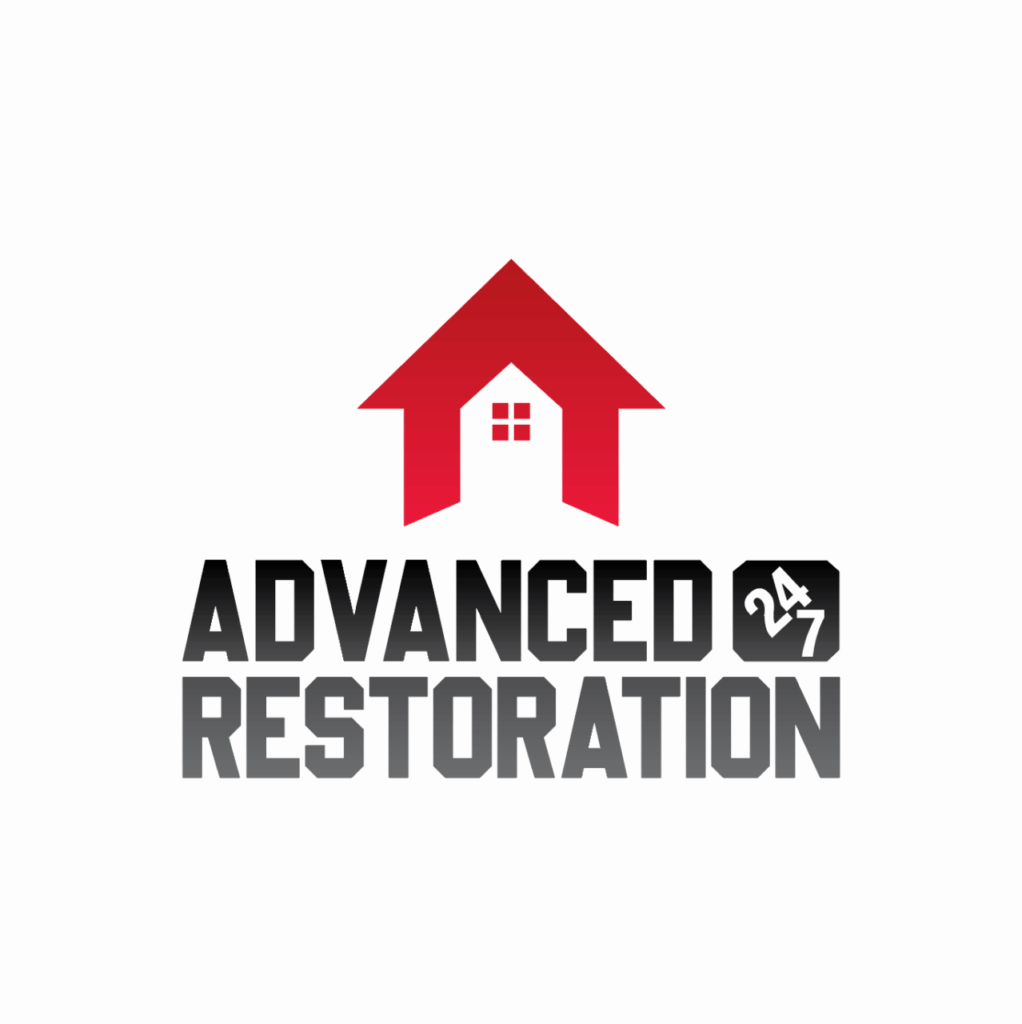Have you ever wondered what it takes to master pro sewage cleanup techniques? Well, you’re not alone. Sewage contamination can be a messy and hazardous problem to deal with, but with the right knowledge and skills, you can effectively restore a space to its pre-contamination condition.
This discussion will explore the key factors involved in mastering these techniques. This includes understanding contamination levels, implementing safety precautions, utilizing essential equipment, employing effective decontamination techniques, and ensuring proper sewage waste disposal.
So, if you’re ready to dive into the world of sewage cleanup, let’s get started.
Understanding Sewage Contamination Levels
To better understand the severity of sewage contamination, it’s important to familiarize yourself with the various contamination levels that can occur. Sewage testing methods are essential in determining the level of contamination and its potential health risks.
When it comes to sewage testing methods, several approaches can be used. One common method is the detection of fecal coliform bacteria, which indicates the presence of sewage contamination. This can be done through the use of specialized test kits that detect the presence of these bacteria in water samples. Another method is measuring biochemical oxygen demand (BOD), which measures the amount of oxygen microorganisms need to break down organic matter in sewage. High BOD levels indicate a high level of sewage contamination.
Understanding the health risks associated with sewage contamination is crucial. Exposure to sewage can lead to various illnesses, including gastrointestinal infections, respiratory problems, and skin infections. The presence of harmful pathogens in sewage, such as bacteria, viruses, and parasites, can pose a significant threat to human health. It’s important to note that the severity of the health risks depends on the level of contamination and the specific pathogens present.
Safety Precautions for Sewage Cleanup
To minimize your exposure to harmful chemicals during sewage cleanup, it’s crucial to wear appropriate protective gear. Your safety and well-being should always be a top priority when dealing with potentially hazardous materials. By donning the right protective clothing and following necessary safety precautions, you can ensure a safer and healthier environment for both yourself and those around you.
When it comes to protective clothing, there are a few key items that you should have on hand during sewage cleanup. First and foremost, a pair of gloves is essential. They’ll protect your hands from direct contact with sewage and any harmful pathogens it may contain. Additionally, wearing waterproof boots or shoe covers will prevent any potential contamination from seeping through your footwear.
Coveralls are also crucial for full-body protection, as they cover your clothing and provide an extra layer of defense against sewage contaminants. It’s essential to choose waterproof coveralls with long sleeves and pants to minimize the risk of exposure.
In addition to wearing appropriate PPE, following proper hygiene practices during and after sewage cleanup is essential. Thoroughly wash your hands with soap and clean water after removing your gloves and before eating or drinking. Avoid touching your face or mouth during the cleanup process to prevent the ingestion of harmful pathogens.
Containment and Isolation Procedures
To effectively manage the risks associated with sewage cleanup, it is essential to establish proper containment and isolation measures within the affected area. Containment measures and isolation techniques play a crucial role in preventing the spread of contaminants and ensuring the safety of both cleanup crew members and occupants of the building. Here are some effective methods you can use to contain and isolate the affected area:
| Containment Measures | Isolation Techniques | Personal Protective Equipment |
| Use plastic sheeting or barriers to seal off the affected area. | Close and seal all doors, windows, and vents to prevent the spread of odors and contaminants. | Wear gloves, goggles, and masks to protect yourself from direct contact with sewage and harmful pathogens. |
| Place absorbent materials, such as sandbags or absorbent pads, around the perimeter of the affected area to contain any spills or leaks. | Use negative air pressure machines or air scrubbers to create negative pressure within the affected area, preventing the spread of airborne contaminants. | Use disposable coveralls and shoe covers to minimize cross-contamination between the affected area and clean areas. |
| Set up warning signs or tape to clearly mark the boundaries of the affected area and prevent unauthorized access. | Establish a decontamination station outside the affected area, where cleanup crew members can remove and dispose of contaminated clothing and equipment. | Provide training and education to all cleanup crew members on proper handling and disposal of sewage waste, as well as the importance of personal hygiene during the cleanup process. |
Essential Equipment for Sewage Extraction
You will need specific equipment for effective sewage extraction. Having the right tools will make the cleanup process easier and more efficient. Below is a table outlining some essential equipment for sewage extraction:
| Equipment | Description | Benefits |
|---|---|---|
| Wet/dry vacuum | A powerful vacuum designed to handle liquids and solids. | Efficiently removes sewage and water from affected areas, reducing the risk of contamination. |
| Submersible pump | A pump that can be fully submerged in water or sewage for efficient extraction. | Enables the removal of large volumes of water and sewage quickly, speeding up the cleanup process. |
| Dehumidifiers | Devices that remove excess moisture from the air, helping to prevent mold and mildew growth. | Keeps the affected area dry, reducing the risk of further damage and creating a healthier environment. |
These tools are essential for different stages of the sewage cleanup process. The wet/dry vacuum removes sewage and water from carpets, upholstery, and floors. It is important to choose a powerful vacuum that can handle the job effectively.
A submersible pump is crucial when dealing with water or sewage. It is designed to handle the heavy-duty task of extracting sewage from flooded areas. The pump can be submerged directly into the sewage, allowing for efficient removal.
Dehumidifiers play a vital role in the drying process. They help to reduce excess moisture in the air, preventing the growth of mold and mildew. By maintaining a dry environment, dehumidifiers aid in the restoration process and create a safer and healthier living space.
Investing in the right sewage cleanup tools will make the process more efficient and ensure the safety and well-being of those involved. Using the appropriate equipment, you can effectively extract sewage and restore the affected area to its original condition.
Effective Techniques for Sewage Decontamination
Using specialized cleaning agents and disinfectants is essential for effective sewage decontamination. Sewage cleanup requires proper training to handle the task efficiently and safely. Sewage contains harmful bacteria, viruses, and other contaminants that can pose serious health risks if not properly decontaminated. By using the right techniques, you can ensure that the area is thoroughly cleaned and free from any potential threats.
One effective technique for sewage decontamination is to start by removing any solid waste or debris from the affected area. This can be done using gloves and proper protective equipment to prevent direct contact with the sewage. Once the area is cleared, specialized cleaning agents should be used to disinfect and sanitize the surfaces. These cleaning agents are specifically designed to kill bacteria, viruses, and other pathogens commonly found in sewage.
Additionally, preventive measures should be taken to avoid sewage backups in the first place. Regularly inspecting and maintaining your sewage system can help identify potential issues before they become major problems. This includes checking for blockages, leaks, or cracks that may lead to sewage backups. By addressing these issues promptly, you can prevent sewage from overflowing and causing further damage.
Proper Disposal of Sewage Waste
Proper disposal of sewage waste is of utmost importance to ensure safe handling and minimize environmental impact. Improper sewage disposal can severely affect the environment and human health. When sewage waste is disposed of incorrectly, it can contaminate water sources, pollute the air, and harm ecosystems. Moreover, exposure to sewage waste can pose serious health risks, including the spread of diseases and infections.
Improper sewage disposal can contaminate water sources, such as rivers, lakes, and groundwater. This contamination affects aquatic life and threatens human health when individuals come into contact with contaminated water.
Regarding disposal, consult local regulations and guidelines to determine the correct method for your area. Some areas may require you to bag the waste in designated containers, while others may have specific drop-off points for hazardous waste. It’s important to follow these guidelines to prevent any negative environmental impact.
Safe and Effective Sewage Cleanup
Now that you’re familiar with essential sewage cleanup techniques, you might be wondering, “Isn’t this too risky or complicated?” The truth is, with the right protective gear, safety protocols, and decontamination steps, sewage cleanup is entirely manageable.
Don’t let hesitation or fear stand in the way of restoring a safe and sanitary environment. Whether you’re dealing with a minor backup or a major spill, knowing how to respond makes all the difference.Need professional help with sewage cleanup? Contact Advanced 24/7 Restoration today for fast, expert service you can trust. We’re here to help you reclaim your space safely, thoroughly, and without stress.
Advanced 24/7 Restoration’s mission is to provide unparalleled care and support to our valued clients. Delivering the best solutions for your property restoration needs. Our vision is to be the top-rated damage restoration company in Denver, known for our exceptional services, professionalism, and dedication to customer satisfaction. Water damage, fire damage, flood damage, and more.
- This author does not have any more posts


